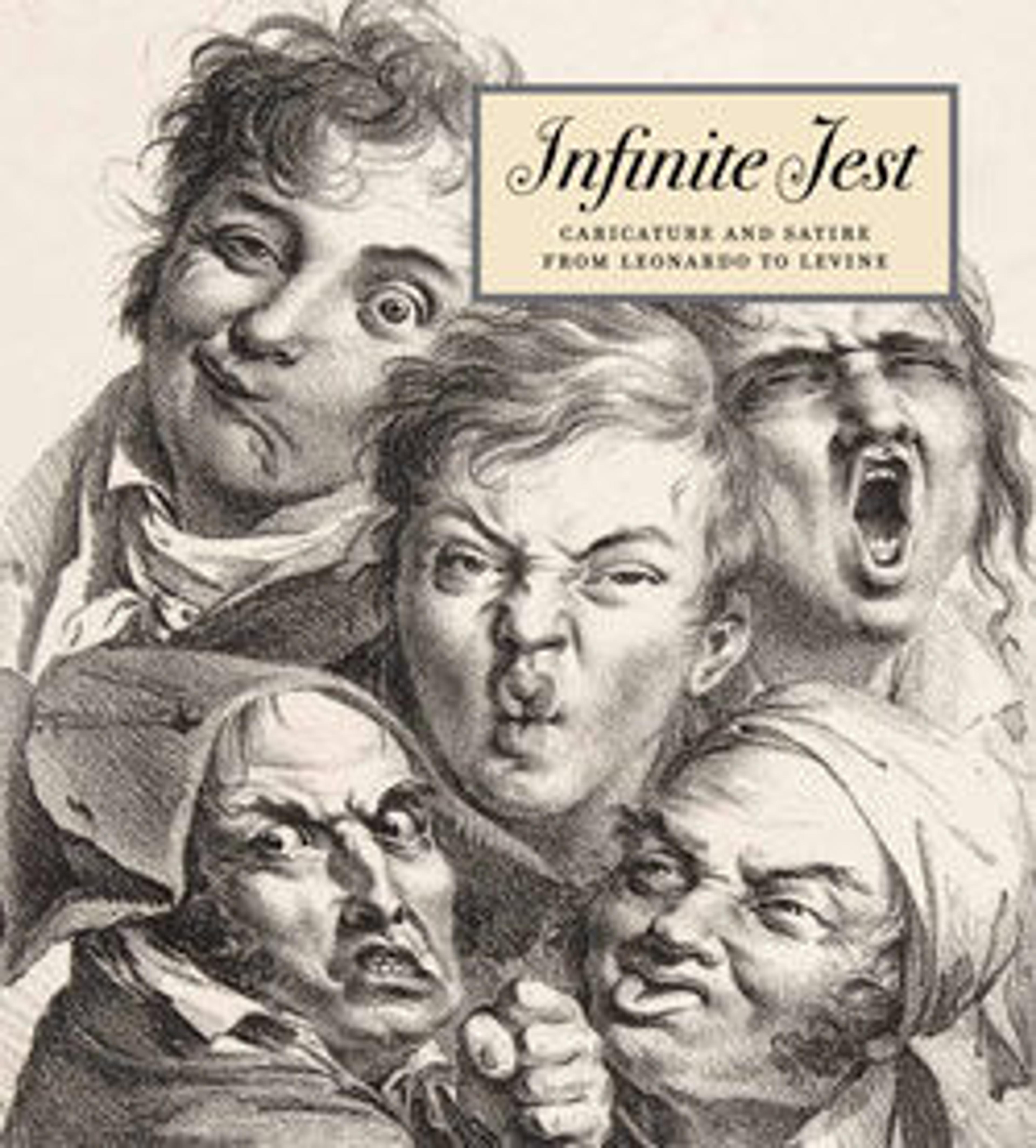The Corsican Spider in His Web!
Woodward and Rowlandson here use a metaphor of consumption to present Napoleon at his most powerful. In July 1808, French armies completed their invasion of Spain. The emperor’s well-known profile and plumed bicorne hat are appended to a fat spider’s body inscribed "Unbounded Ambition." Sitting at the center of a large web, the spider-emperor prepares to eat two Spanish flies representing King Charles IV and his son Ferdinand, both forced to abdicate to clear the throne for Napoleon’s brother, Joseph Bonaparte. Other entangled flies are labeled "Austria," "Holland," "Hanover," "Prussia" and "Italy," each now a French puppet state. Portugal, in danger of being the next to fall, struggles along the outermost strand. The Russian fly and the Pope fly are lightly caught and express hopes of freeing themselves. Only the Turkish fly, in a jeweled turban, and the British fly, wearing the head of John-Bull, still evade the spider’s grasp.
Artwork Details
- Title: The Corsican Spider in His Web!
- Artist: Thomas Rowlandson (British, London 1757–1827 London)
- Artist: After George Murgatroyd Woodward (British, 1765–1809 London)
- Publisher: Thomas Tegg (British, London 1776–1846 London)
- Date: July 12, 1808
- Medium: Hand-colored etching
- Dimensions: Sheet: 14 in. × 9 15/16 in. (35.6 × 25.3 cm)
Plate: 13 11/16 × 9 3/4 in. (34.7 × 24.7 cm) - Classification: Prints
- Credit Line: The Elisha Whittelsey Collection, The Elisha Whittelsey Fund, 1959
- Object Number: 59.533.1110
- Curatorial Department: Drawings and Prints
More Artwork
Research Resources
The Met provides unparalleled resources for research and welcomes an international community of students and scholars. The Met's Open Access API is where creators and researchers can connect to the The Met collection. Open Access data and public domain images are available for unrestricted commercial and noncommercial use without permission or fee.
To request images under copyright and other restrictions, please use this Image Request form.
Feedback
We continue to research and examine historical and cultural context for objects in The Met collection. If you have comments or questions about this object record, please complete and submit this form. The Museum looks forward to receiving your comments.
